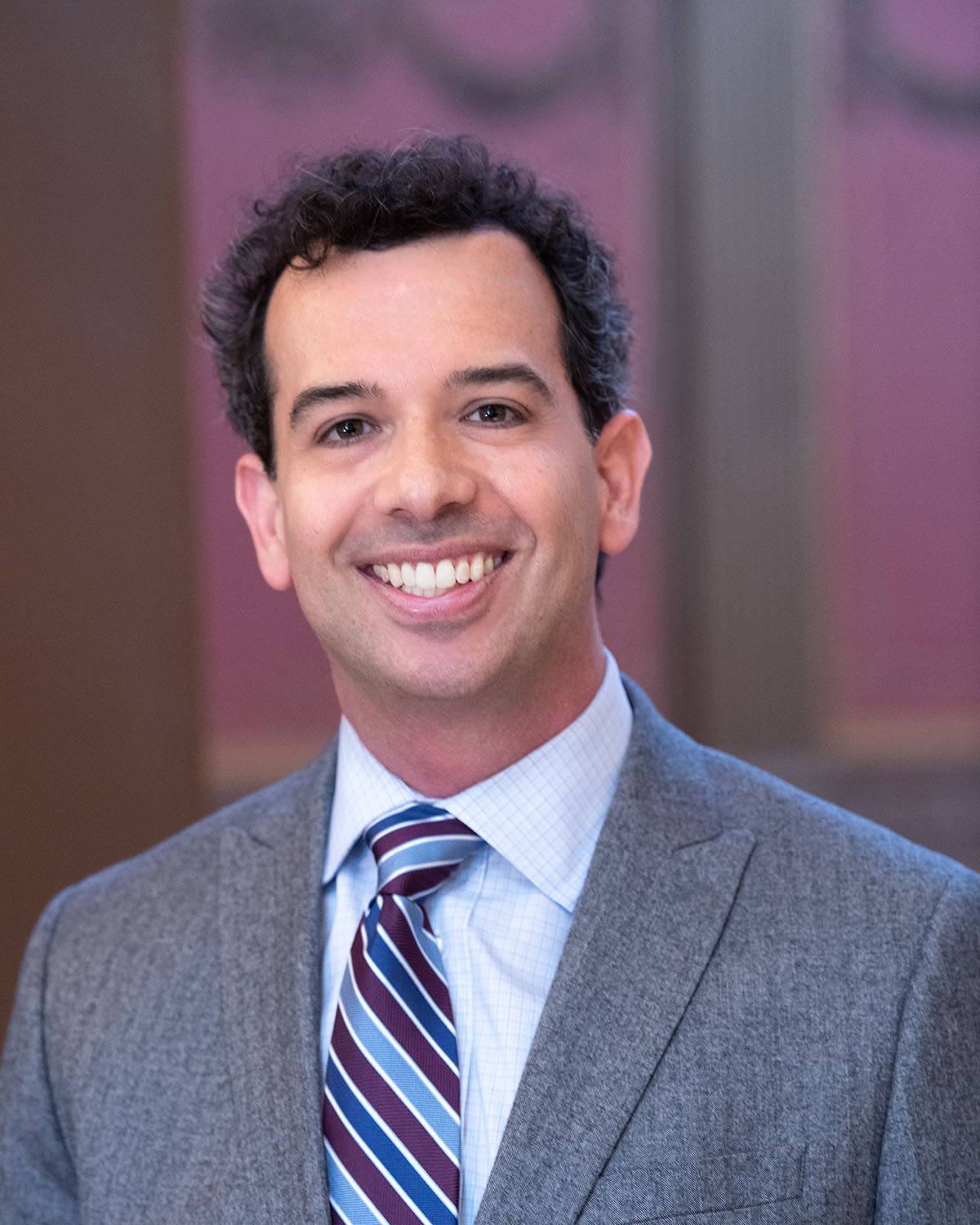

By Christopher Klaver
CIO
Posted: December 18, 2017 4:34 PM
The point of the Open Meetings Act is to allow the public to interact with the boards, commissions and committees that ultimately run the government.
The theory behind the act is anyone should be able to hear the discussions and evidence that leads members to vote as they do. As members work to convince each other of the wisdom of an action, they also have the opportunity to convince the interested public.
In the converse, the law allows that public to also make its case to the public officials on the wisdom, or lack thereof, of an action.
The key element of all of this interaction: seats. Those members of the public left standing out in the hall, or outside the building, because there is no room for them cannot participate as the law intends.
So the OMA requires PPP (proper prior planning). Every board knows what its agenda will be and whether one or more items will attract a crowd. The law, at least in its spirit, then requires that board or commission to make room.
This does not mean that every board needs to plan a meeting room that will hold hundreds of people when the usual attendance is a handful.
But if a meeting will draw substantially more than the usual attendance (say the meeting after a former employee is sentenced to 60 years for sexual assault and there have been calls for the lead official the board oversees to resign), it is unacceptable for any board to not plan for that. In case it wasn’t obvious, that was the situation at Friday’s Michigan State University Board of Trustees meeting where it was discussing the Larry Nassar scandal.
For some of the local boards – school boards, city councils, township boards – a new venue that will hold more people might not be an option. They might have to rely on technology, setting up an overflow room where the meeting is broadcast and from which people can make comment.
For state-level boards and commissions, there is no excuse for anyone to be left out. In addition to state-owned facilities, there are a variety of venues in and around the Capitol Complex that can hold thousands should that be a reasonable expectation of attendance.
In the example above, the board had control over venues that would seat tens of thousands, so to have the meeting in a room that fit barely more than the board and those invited to participate seems in conflict with the OMA. Many of those venues would still have allowed board members to scuttle away at the end of the meeting as they did.
On a side note, the OMA also requires that people be allowed to attend in anonymity. The ship has long sailed on state buildings being open, as they once were, for anyone to walk in, but it should fall to the boards wanting to meet in those buildings, not the security guards, to be versed in the law and ensure people wanting to attend those meetings do not have to sign in to do so.




